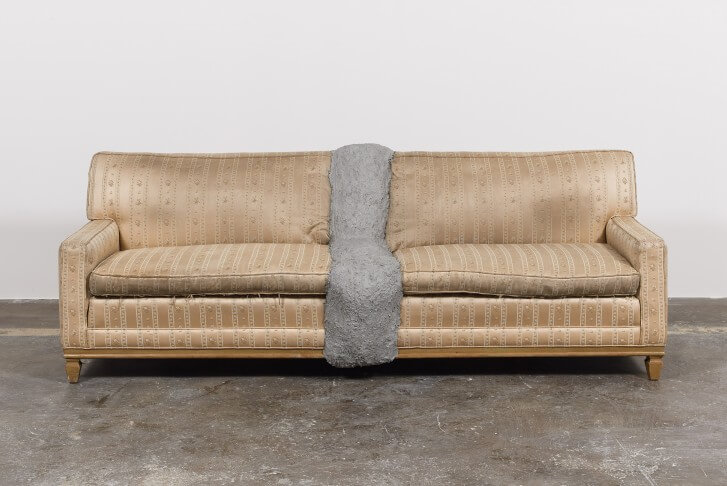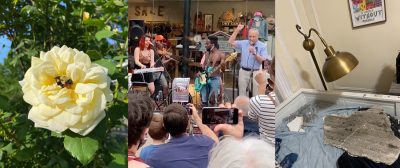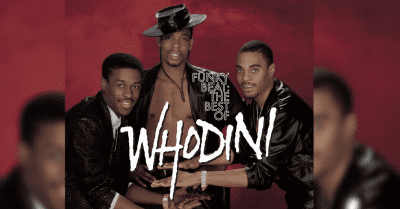The 27 Most Unusual Museums in Manhattan
We were delighted to fill your winter with the quirkiest museums in Brooklyn and Queens, from Torah taxidermy to elevator gauges to super old farmhouses. But now the sun is shining (kind of), the weather is warming up (sort of), and it’s time to range farther afield! Although we tend not to spend too much time on Work Island, Manhattan does actually have some really, really strange and really, really fascinating museums that are totally worth the schlep over a bridge. So whether you’re into magic, money, gangsters, trash, or sex, here’s an alphabetical index of the 27 most unusual museums in Manhattan.
American Numismatic Society Research Museum
The organization for coin lovers was established back in 1858. In 1908 the numismatics were gifted land at 155th and Broadway, on which they constructed their first building, which had doubled in size by 1929. In 2008 the Society moved to their new HQ in SoHo, from which they offer public conferences, lectures, exhibitions, a Graduate Seminar in Numismatics, and a variety of fellowships and grants. The museums’ collection include a staggering 800,000 coins, paper money, and related objects—from Ancient Greek and Far Eastern coins, to series from the Colonial and Federal United States, to more than 50,000 medals from around the world. The society’s research library includes 100,000 books, and is the most comprehensive collection of numismatic literature in existence.
75 Varick Street, 11th floor, SoHo
FREE
numismatics.org
The Burns Archive
Not for the squeamish, the Burns Archive is a collection of more than a million photographs covering “forgotten, unseen and disquieting aspects of history.” Started by a doctor who has also written more than 40 books, and now run in conjunction with his daughter, the archive includes a vast collection of early medical photography, from rare diseases to antiquated techniques. But it doesn’t stop there: There are also photos of war, disaster, crime, riots, racism, and lots and lots of death. It’s all housed in a 19-room brownstone, and the archive is available for perusal by researchers, filmmakers, book-writers, museum and gallery curators, and more.
140 E 38th Street, Murray Hill
by appointment only: info@burnsarchive.com
burnsarchive.com
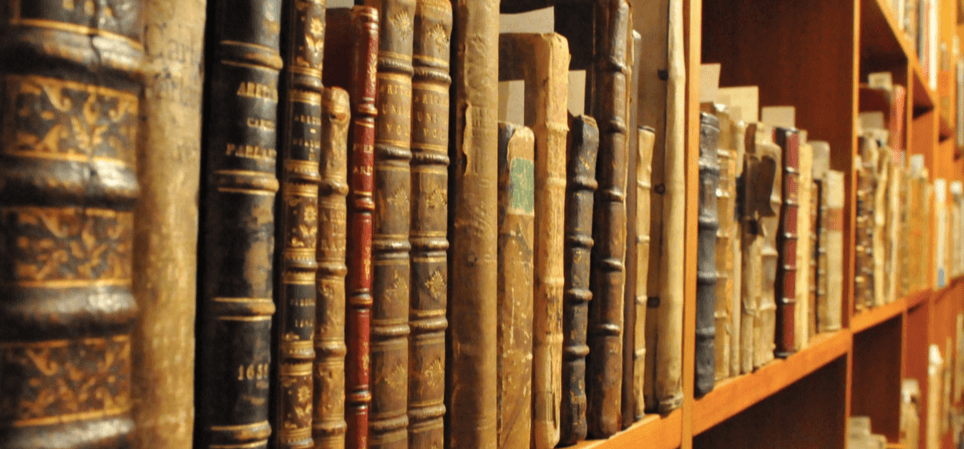

Conjuring Arts Research Center
Established in 2003, the nonprofit Conjuring Arts Research Center is dedicated to magic and its “allied arts,” including psychic phenomenon, hypnosis, deceptive gambling, mentalism, ventriloquism, juggling, and sleight-of-hand. The library holds more than 11,000 books and magazines, some dating all the way back to the 15th century, as well as a collection of “rare conjuring antiques,” hundreds of pages of instruction sheets for tricks, and a custom playing-card design operation. The center also mounts exhibitions, hosts a Master in Residence and the Conjuring Arts University, and includes a database of magicians available for hire.
11 W. 30th Street 5th Floor, NOMAD
by appointment only: conjuringarts.org/library/research-appointments
conjuringarts.org
Dyckman Farmhouse Museum
The oldest remaining farmhouse in Manhattan, Dyckman was built circa 1784 and once sat on 250 acres of land owned by William Dyckman. The museum was opened in 1916 by his descendants, Mary Alice Dyckman Dean and Fannie Fredericka Dyckman Welch, who restored the crumbling farmhouse. In addition to the two-story Dutch Colonial house, the Museum grounds include 1/2 acre of formal garden filled with bulbs, flowers, and shrubs “sympathetic to the 1916 era,” as well as a small reproduction smokehouse built in 1916.
4881 Broadway, Inwood
dyckmanfarmhouse.org
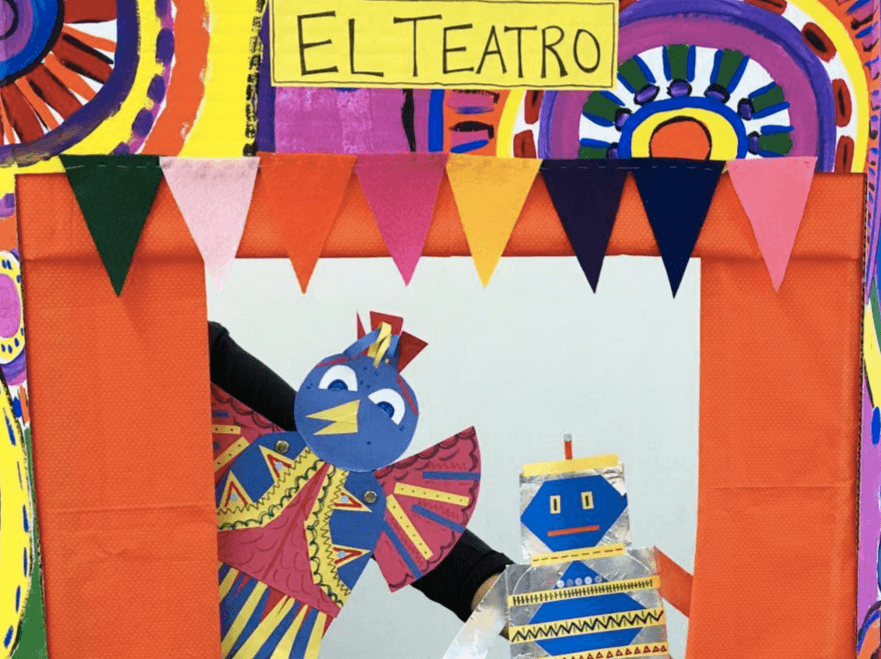

El Museo del Barrio
Founded in 1969 in a public school classroom by artist and educator Raphael Montañez Ortiz and a group of parents, educators, artists, and activists, El Museo del Barrio’s mission is to collect, preserve, and present the art and culture of Puerto Ricans and Latin Americans in the United States. The museum’s collection covers 800 years of Latin American, Caribbean, and Latino art, from pre-Columbian Taíno artifacts to 20th-century paintings, sculptures, installations, and photography. The museum, which in its current building was one of the founding members of Museum Mile, also hosts and sponsors numerous cultural events, festivals, and educational programs throughout the year.
1230 5th Ave, East Harlem
$9 suggested
elmuseo.org
Girl Scout Museum
Housed in the Girls Scouts National Office in Midtown, this “Visitor Experience” includes interactive exhibits covering the art, history, and technology of the Girl Scouts. There’s also an archive filled with 60,000 photographs, 7,000 publications, 5,000 periodicals, and 650 Girl Scout uniforms dating back to 1912, when Girl Scouting began.
420 Fifth Avenue, 17th floor, Midtown
FREE
girlscouts.org
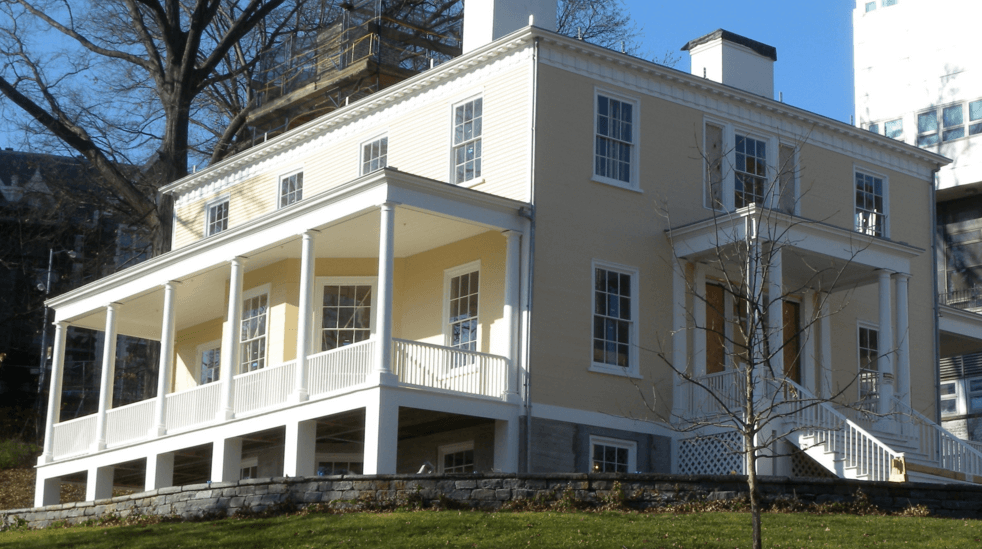

Hamilton Grange
Given the frenzy of interest in all things Hamilton, his restored country home in the Hamilton Heights Historic District is probably more popular than it’s been in quite some time. The two-story Federal-style house, which was finished in 1802, fell into disrepair and was relocated a few blocks away in 1889, to conform to the newly implemented Manhattan street grid. It was designated a national historic landmark in 1960 and became a public museum, then in 2008 it was moved again, into nearby St. Nicholas Park, and after extensive construction and restoration, it reopened to the public in 2011. Now the period rooms are open for ranger- and self-guided tours, school groups, and anyone looking to get their fill of Hamiltonia.
414 West 141st St, Harlem
FREE
nps.gov
Hispanic Society of America Museum
Since 1908 the Hispanic Society of America Museum has occupied the Beaux Arts mansion where John Audubon once lived. It offers a massive collection of Old World Spanish and Portuguese art and culture, including work by Goya, El Greco, and Velázquez among its 175,000 photographs, 250,000 books and periodicals, 15,000 prints, 6,000 decorative art objects, 1,000 sculptures, and 800 paintings. The museum has long been overlooked and somewhat misunderstood, but last year a new board chairman—the former director of the Met—stepped in, and he is planning a large-scale renovation and looking into new ways to raise the museum’s profile and increase its popularity.
Audubon Terrace, Washington Heights
FREE
hispanicsociety.org
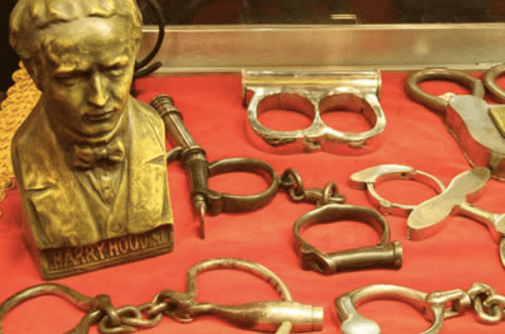
Houdini Museum
The perfect place to kill an hour or three the next time you’re waiting to pick someone up at Penn Station, the Houdini Museum is housed in the back of a magic shop diagonally across from Madison Square Garden. The museum collection comprises 1,500 of the famous escape artist’s personal belongings, rotating in and out of display things like publicity posters and ad memorabilia, “unthinkable” handcuffs, secret escape tools, and magical props. There’s an animatronic Houdini hanging straitjacketed from the ceiling, screens showing rare Houdini footage, and a live bunny named Rambo, because why not.
Fantasma Magic, 421 7th Ave, 3rd floor, Midtown
FREE
houdinimuseumny.com
James Farley Post Office Museum
The smallest museum in this roundup is hidden within one of the largest buildings: the James Farley Post Office covers two city blocks and eight acres—most of which is, insanely, unused. But off the main gallery are ten glass boxes filled with a “seemingly random assortment” of mail-related ephemera, including ads for the Pony Post, mail inspection patches, and the lyrics to a song called “Mail Man Blues.” If you want to check it out, go soon: The whole building is in the process of being converted into the sprawling, multibillion-dollar Moynihan Station.
421 8th Ave, Midtown
FREE
atlasobscura.com/places/james-farley-post-office
Leslie-Lohman Museum of Gay & Lesbian Art
In 1969, Charles Leslie and Fritz Lohman decided to host a small art show in their SoHo loft, highlighting work by the gay artists whose pieces they had collected. More than 200 people showed up to the opening, making it clear that there was a need for a venue for these works. By 1987 the pair had created the nonprofit Leslie-Lohman Gay Art Foundation, which became the first (and still only) LGBTQ art museum in the world. The museum currently holds more than 24,000 artworks and mounts six to eight exhibitions each year, as well as film screenings, plays, poetry readings, artist and curator talks, and panel discussions. This year the museum will undergo an expansion, nearly doubling in size.
26 Wooster St, SoHo
FREE
leslielohman.org
Merchant’s House Museum
Tucked into an unassuming block just south of Cooper Union is the only 19th-century family home in New York City that is preserved intact, both inside and out. The house, one of the first 20 buildings to be landmarked in NYC, was built in 1832 and became a museum in 1936. The exterior façade is done in late-Federal style and the interiors are Greek revival; some 3,000 possessions of the original family, the wealthy Tredwells, is on view inside, from furniture to cutlery to clothing.
29 East 4th St, NoHo
$13
merchantshouse.org
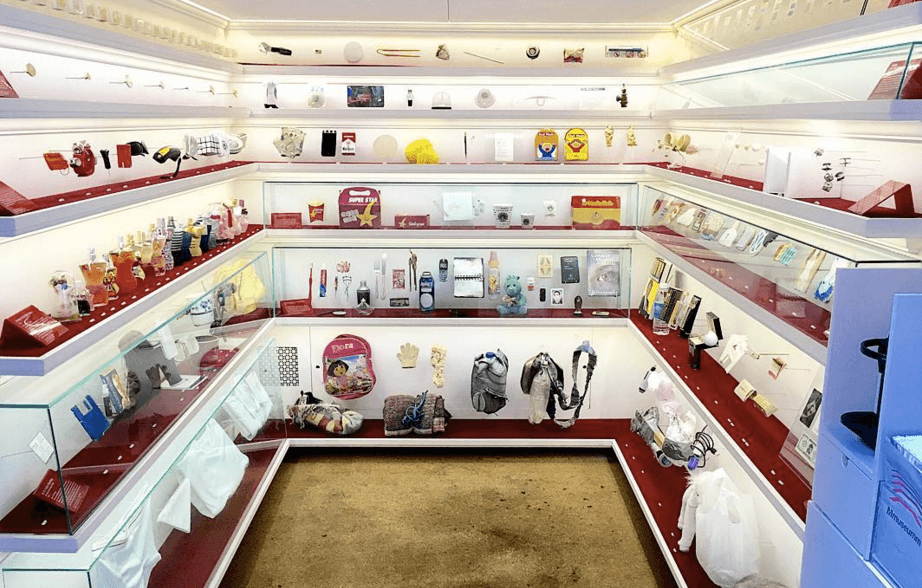

Mmuseumm
One of the smallest museums in New York (and probably anywhere else), the Mmuseumm can be found in a former freight elevator down a Tribeca alleyway, with a sister location down the block that fills a single storefront window. The entire museum display change annually—the 2016 revamp opens this month, with 15 new exhibits!—but is always filled with quirky and offbeat “modern-day artifacts.” Past offerings have included a “cornflake taxonomy,” mutilated money, homemade gas masks, fake vomit from around the world, and a doctor’s collection of items he’d removed from patients. The museum can hold about three people at a time.
4 Cortlandt Alley, Tribeca
$5 suggested
mmuseumm.com
Morris-Jumel Mansion
The oldest residence in Manhattan, the Morris-Jumel Mansion was built in 1765 on Mount Morris, one of the highest points in the city and part of the 130-acre country estate of Colonel Roger Morris and his wife Mary Philipse. The house passed through many hands for many uses over the years, including a lookout for George Washington during the Battle of Harlem Heights, a headquarters for British troops after Washington abandoned Manhattan, and the home of Eliza Bowen, who would go on to marry Aaron Burr. It was turned into a museum in 1904.
65 Jumel Terrace, Washington Heights
morrisjumel.org
Mu$eum of American Finance
The Museum of American Finance is, fittingly, housed in New York’s first bank. The nonprofit Smithsonian affiliate opened in 2008, and it’s the only museum in the country dedicated to preserving and teaching about American finances and financial history. The permanent collection is full of money and financial memorabilia, with currency from around the country dating back to the 18th century, photos and prints including the oldest known photograph of Wall Street, financially themed board games, and even the US Treasury Bond issued to George Washington that has the first known use of the dollar sign. There’s also an entire Hamilton Room, since Alexander was the country’s first Secretary of the Treasury.
48 Wall St, Financial District
$8
moaf.org
Museum of the American Gangster
Opened in 2010 in a former speakeasy, the two-room museum was started by Lorcan Otway in a Saint Marks building his father bought in 1964 from gangster Walter Scheib. Otway has explained that, to him, the museum is “a statement about America, particularly its perennial conflict between authoritarianism and anarchy.” The collection includes two of John Dillinger’s death masks, the bullet that killed Pretty Boy Floyd, Prohibition-era sheet music, and the bar from the speakeasy that used to be there, at which Frank Sinatra is rumored to have once slung drinks.
80 St. Marks Pl, East Village
$20
museumoftheamericangangster.org
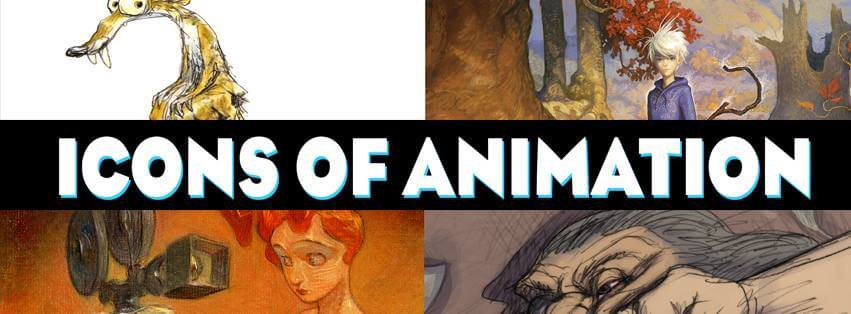

Museum of American Illustrators
The Society of Illustrators dates all the way back to 1901, but this museum wasn’t established until 1981. Its collection includes nearly 2,000 piece by illustrators including Norman Rockwell, Howard Pyle, N.C. Wyeth, Bob Peak, and Brad Holland. The museum also hosts lectures, workshops, film screenings, and twice-weekly sketch nights with complimentary food and models who are “nude, with an occasional accessory.”
128 East 63rd St, Midtown East
$10
societyillustrators.org
Museum of the Chinese in America
Started as the New York Chinatown History Project in 1980, MoCA’s goal is to “bring 160 years of Chinese American history to vivid life through innovative exhibitions and educational and cultural programs.” In 2005 the museum received a major grant and procured its current space, allowing it to grow to six times its original size; its previous space was converted to an archival and research center. Having undertaken what the Smithsonian Magazine described as “a cultural rescue mission to save a little-known immigrant heritage,” the museum’s collection now comprises more than 65,000 artifacts, including photographs, documents, oral histories, artworks, and memorabilia.
215 Centre St, Chinatown
$10
mocanyc.org
Museum of Reclaimed Urban Space
MoRUS is housed in the storefront of C-Squat, one of 12 former squats on the Lower East Side that were sold to their denizens by the city for $1 in the late 1990s, after an extensive, decades-long battle with the powers that be. The museum, run collectively by volunteers, serves as a living archive of the neighborhood’s squats, community gardens, and other sites of social change. Its displays include photographs, zines, comics, newspapers, protest banners, and other activist ephemera. MoRUS volunteers also give walking tours to further share the neighborhood’s activist history.
155 Avenue C, Alphabet City
morusnyc.org
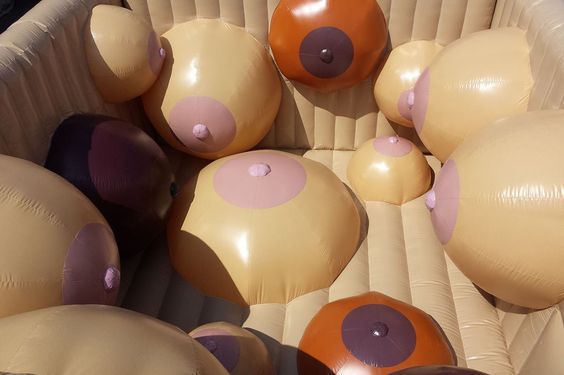

Museum of Sex
It will certainly not surprise you to learn that the Museum of Sex focuses on, well, sex. Specifically: “the history, culture, and evolution of human sexuality,” including a variety of subcultures and sexual preferences. The permanent collection has more than 15,000 objects, from art to costumes to historical ephemera. Currently on view: a bouncy castle full of breasts, an immersive installation called Splendor in the Grass that “translates the campground setting into a surreal adult playground,” The Sex Lives of Animals, and a century and a half of obscene imagery. There’s also an aphrodisiac-themed café, and the website has a quiz to determine your sexual personality.
233 5th Ave, NoMad
$18.50
museumofsex.com
National Museum of the American Indian
Part of the Smithsonian network, NMAI, along with two sister locations in DC and Maryland, boasts one of the most extensive collections of Native artifacts in the world, sourced from the whole Western Hemisphere, from Tierra del Fuego all the way to the Arctic Circle. Its exhibitions cover art, history, politics, engineering, craft, and modern life—everything from Native American skateboard culture to Yup’ik Eskimo masks.
One Bowling Green, Financial District
FREE
nmai.si.edu
NYC Fire Museum
The first incarnation of the FDNYC museum was opened in Long Island City way back in 1934; in 1981 the museum received a collection of fire memorabilia so large it necessitated a move to a new, larger space. The Friends of the New York City Fire Department Collection renovated the 1904 Beaux-Arts firehouse where the museum reopened in 1987. The two-floor museum showcases firefighting equipment and gear dating back to 18th-century bucket brigades, historic photographs and paintings, a permanent September 11th memorial with artifacts recovered from the WTC site, and, naturally, lots and lots of fire trucks.
278 Spring St, Hudson Square
$8
nycfiremuseum.org
Onassis Cultural Center
A rather well-kept Midtown secret, the Alexander S. Onassis Cultural Center is dedicated to Hellenic culture from antiquity to today, presenting works by established and emerging artists from Greece and beyond. Exhibitions range from modern Greek art to archaeological explorations from Ancient Greece, often including artifacts never before seen in the United States. Public programming includes lectures on topics like “The Immortality of Mortals” and “Waiting for the Barbarians,” as well as concerts, readings, symposia, theatrical performances, and film and documentary screenings.
Olympic Tower, 645 5th Ave, Midtown
FREE
onassisusa.org
Studio Museum
Since its founding in 1968 by a group of artists, activists, and philanthropists, Harlem’s Studio Museum has been championing contemporary African American artists. In 1987 it became the first black or Latino institution to be accredited by the American Alliance of Museums, and its artist-in-residence program has nurtured and supported more than 100 artists of African or Latino descent, including Kehinde Wiley, Wangechi Mutu, Chakaia Booker, and many more. The museum’s collection comprises nearly 2,000 artworks, from sculptures to watercolors to photographs.
144 West 125th St, Harlem
$7 suggested; free on Sundays
studiomuseum.org
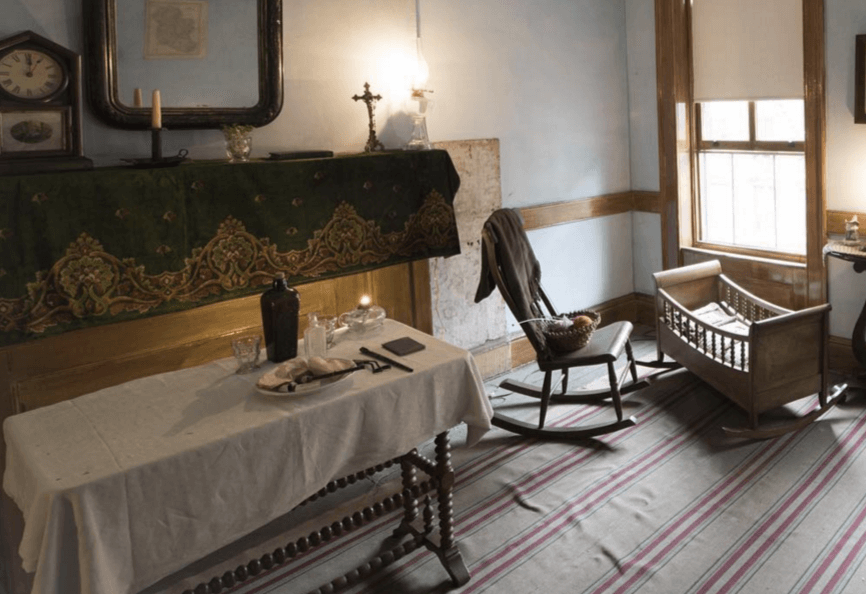

Tenement Museum
Nearly 7,000 working-class immigrants once lived in the building that now houses the Tenement Museum, which was built in 1863. The museum offers tours of and talks at the tenement itself, which includes multimedia installations and actors in the restored apartments of Irish, Jewish, and Italian families, and businesses like a 1930s auctioneer and a turn-of-the-century sweatshop. The museum also offers walking tours around the neighborhood to learn about the food, culture, and architecture from a century ago.
103 Orchard St, Lower East Side
$25
tenement.org
Treasures in the Trash Museum
One of the most fascinating “museums” on this list, Treasures in the Trash is the work of Nelson Molina, a retired sanitation worker who spent three decades rescuing the things New Yorkers throw away, from dishes to records to art to toys. Housed in a sanitation truck garage, the collection started as Molina’s attempt to liven up his corner of the locker room, and has grown over the years to include about 1,000 modern-day artifacts. Many of his coworkers began bringing him their finds, but Molina has the final say on which vintage war uniform, Buddha statue, or celebrity-signed boxing glove will be granted a place in the gallery.
343 East 99th St, East Harlem
by appointment only: tours@dsny.nyc.gov
www.wnyc.org/
The Troll Museum
A beautiful paean to eccentricity, the Troll Museum is the creation of LES “art star” Reverend Jen, a performer, author, filmmaker, and the proprietress of the long-running Anti-Slam, an open mic night for alternative and bizarre performance started in 1995, and the annual NSFW spectacle that is the Mr. Lower East Side Pageant. She started the Troll Museum in the early 2000s in her tiny apartment; the collection is now around 400 dolls, though Reverend Jen claims to have lost count. There’s a troll doll that’s three feet tall; troll piggy-banks and cupids; trolls in pastels, punk, and doctor outfits; sexy trolls, kitchy trolls, and even a haunted troll.
124 Orchard St, Lower East Side
by appointment only: call 212.560.7235
$3,000 suggested donation (lol)
All photos via the museums’ Instagram, Facebook, Pinterest accounts or websites
You might also like 









